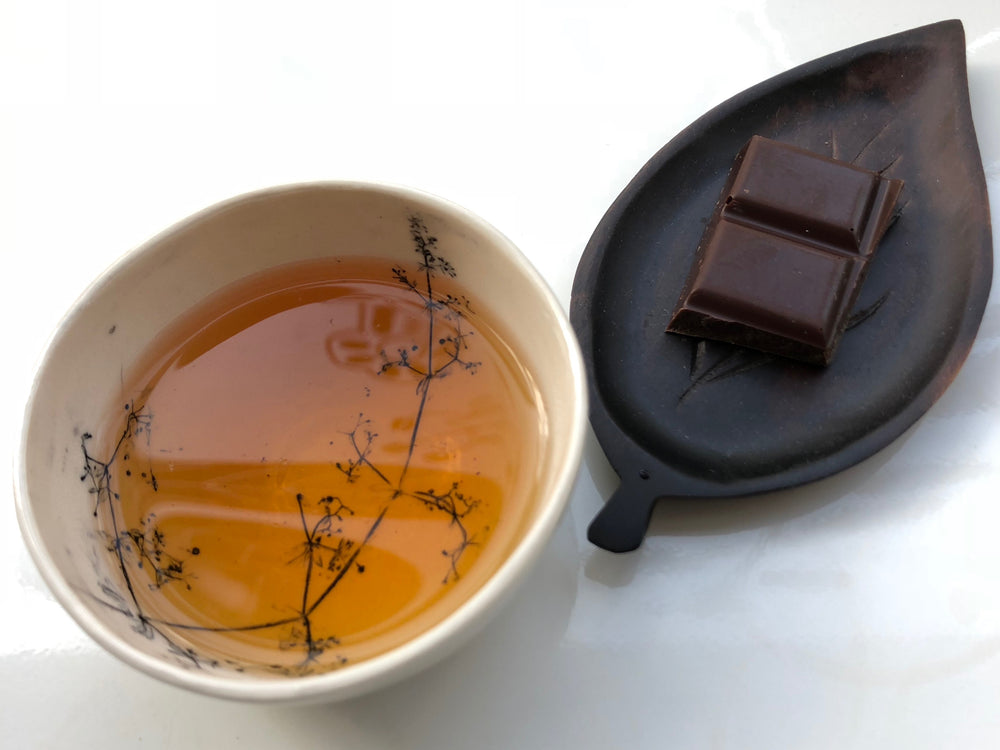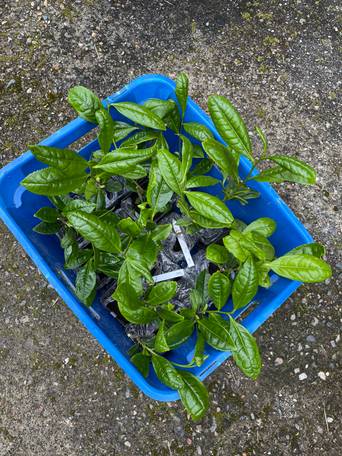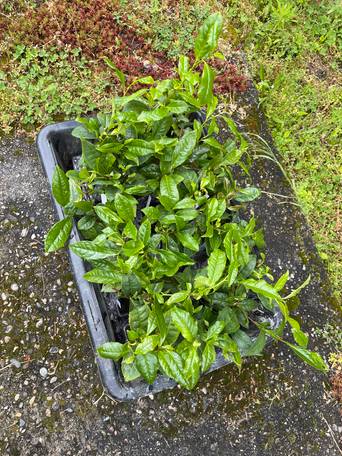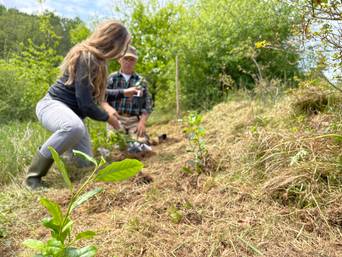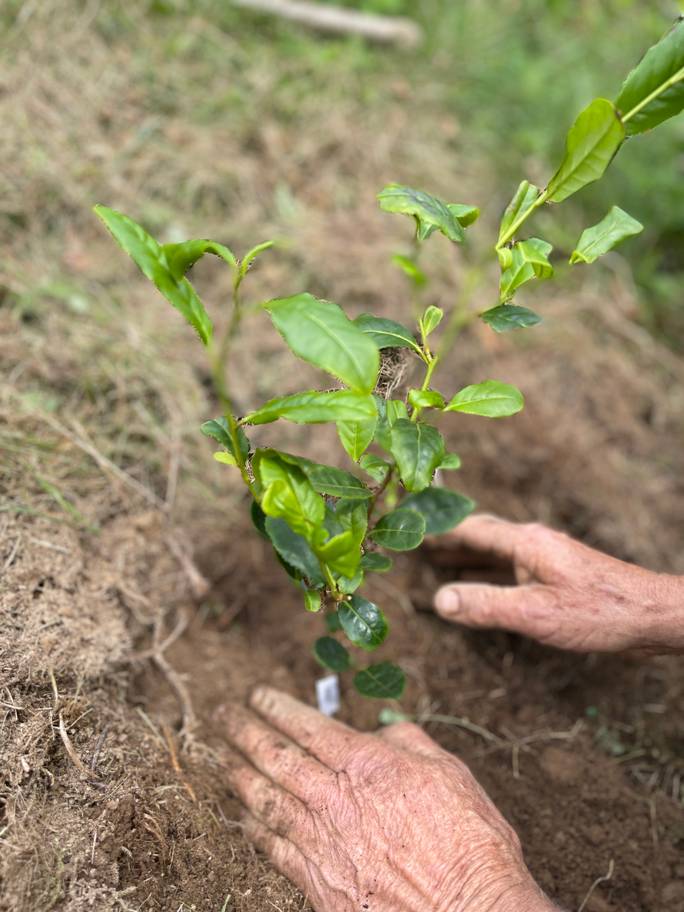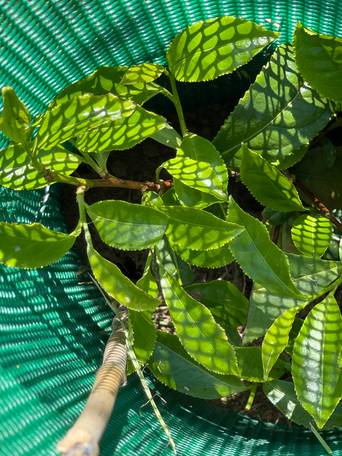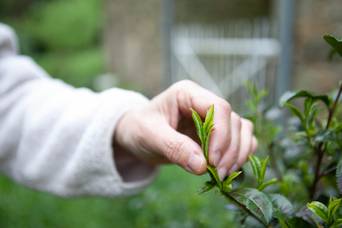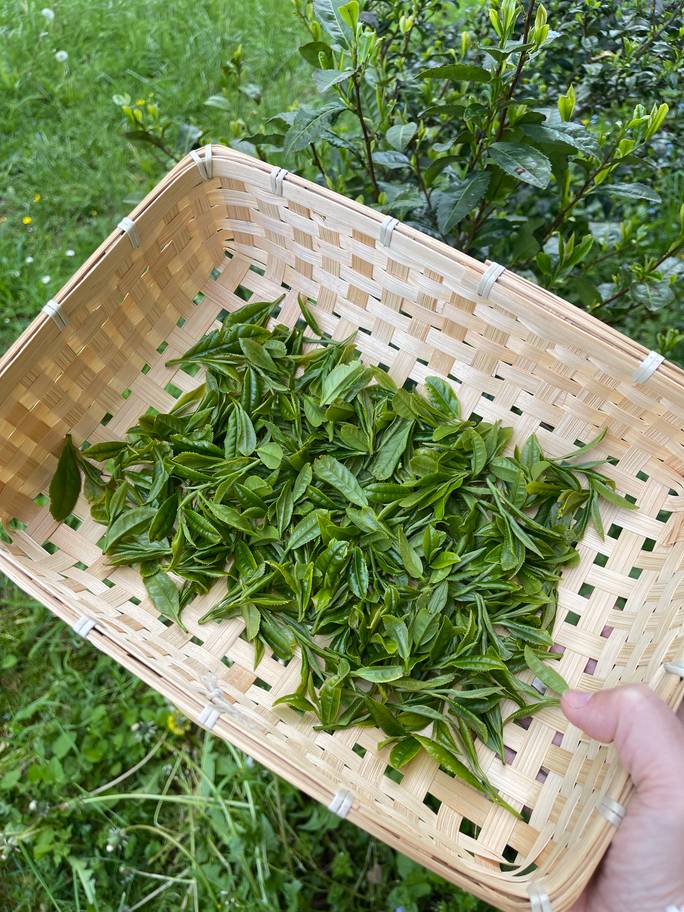In 2016, I planted 20 tea bushes behind the family home in Corrèze. In 2022, I planted 50 new tea bushes on a shrubby wasteland. In 2023, I made my first green tea. 2024, on to new plantations.
In 2016, I selected 2 cultivars (sinensis and assamica types), and positioned them to test the impact of exposure and the semi-mountain climate, convinced by the quality of the acidic Corrèze soil for tea bush growth. 7 years later, of the 20 plants initially planted, 13 have survived, particularly those that were best protected from the sun and wind. This enabled me to make my first spring harvest in 2022: 100g of fresh tea transformed into white tea. And in the spring of 2023, I tested the production of green tea on the first harvest of the season, which took place at the very beginning of May.
Tea growing is on the rise again in Europe, and particularly in France. Weizi and Denis Mazerolle, who initiated the Tea Grown in Europe association, of which I've been a member since 2018, and who founded Filleule des Fées , advised me on the second stage of my tea plantation in Corrèze. In the spring of 2022, I planted 50 new tea bushes on a plot of uncultivated land that had not been used for more than 20 years.e for more than 20 years, where the local flora has gradually taken over from a meadow to a shrubby wasteland with young shoots of oak, chestnut, hawthorn, .... which I intend to preserve. I selected 3 origins: tea bushes from Nepal, China and Brittany. Aged 3 years at the time, I positioned them in shady areas of the plot in 3 different locations. Between the heatwave of summer 2022 and one of the areas being in the path of a family of wild boars, I lost more than half of them. The most resilient were the Nepalese tea bushes and the Chinese cultivar. Next planting stage: 2024.
A tea-growing path that I hope to develop in an agroforestry spirit ;-)
I'll keep you posted on progress!
